Product Description
Pharma Grade Camphoric acid with CAS No. 124-83-4
Product Overview
Camphoric acid, it is a white crystalline powder having a melting point of 183-186 ° C and a relative density of 1.186. Slightly soluble in cold water, soluble in hot water, ethanol, ether, chloroform and glycerin, insoluble in chloroform, it is easy to absorb moisture and corrosive. In medicinal chemical industry, it is used to stop night sweats, and also used in the production of celluloid. It is used as pharmaceutical intermediates, optical body resolving agents. Its melting point is 186-189 °C, specific rotation is 46.5 º (c=10, C2H5OH), usually it is not harmful to water, if there is no government permission, do not discharge materials into the surrounding environment.
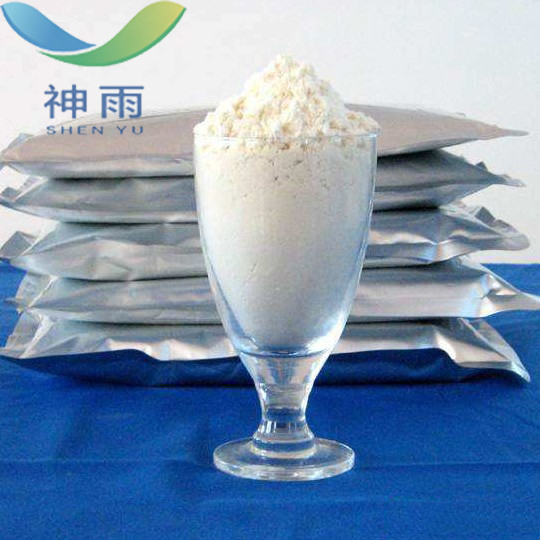
Physical Properties
CAS No.: 124-83-4
Molecular formula: C10H16O4
Molecular weight: 200.23
EINECS number: 204-715-0
Melting point 186-189 °C
Specific optical rotation 46.5 o (c=10, C2H5OH)
Form Crystalline Powder
Color White
Water solubility 0.8 g/100 mL
Application
In medicinal chemical industry, it is used to stop night sweats, and also used in the production of celluloid. It is used as pharmaceutical intermediates, optical body resolving agents.
Other related items of our company:
1. Basic Organic Chemicals
2. Inorganic Chemicals
3. Pharmaceutical Intermediates
4. Daily Chemicals
5. Active Pharmaceutical Ingredients


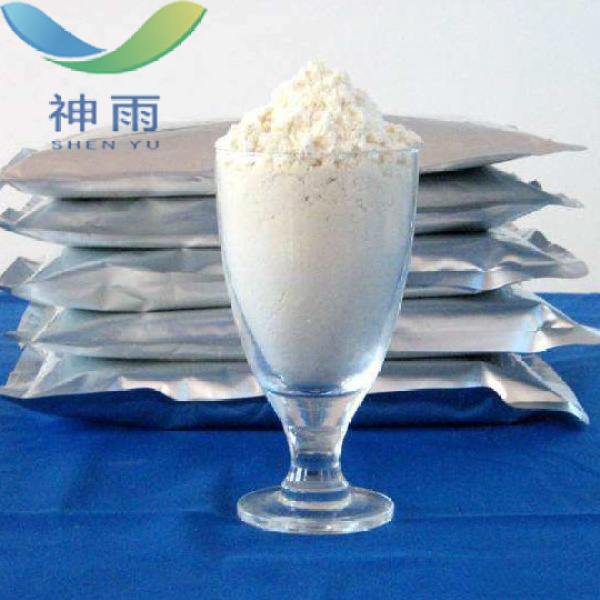
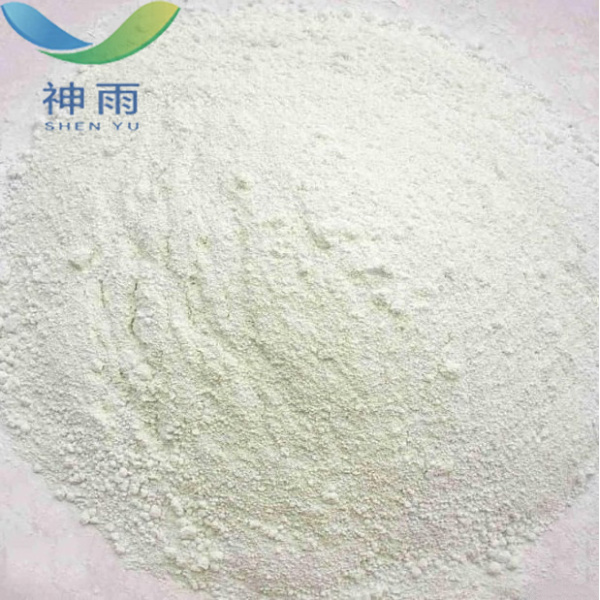
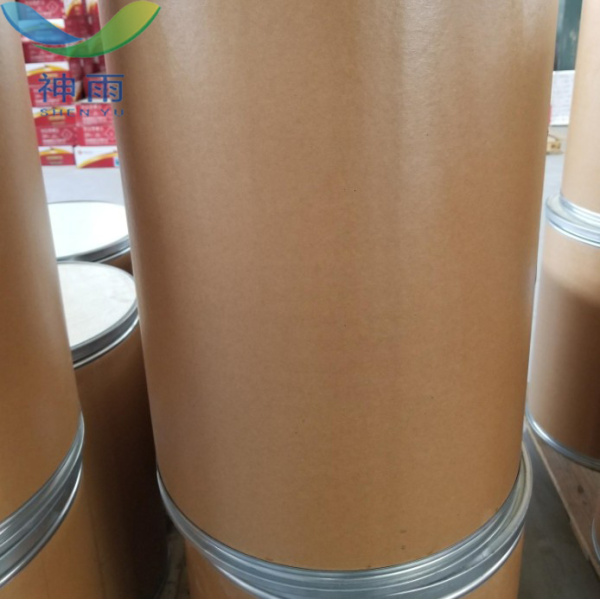
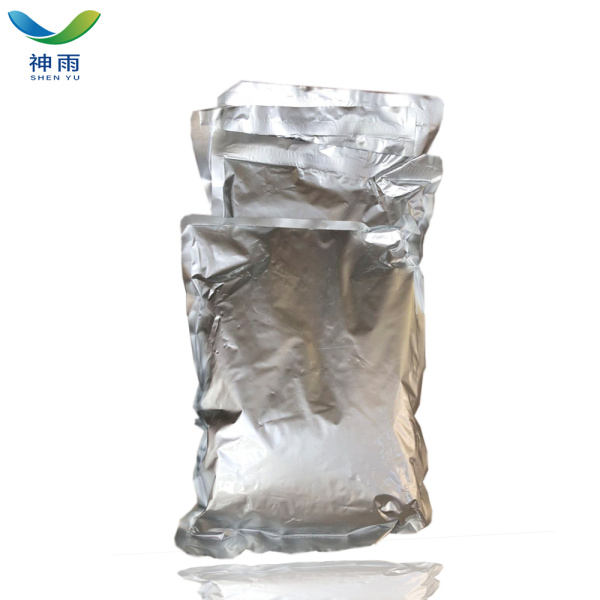
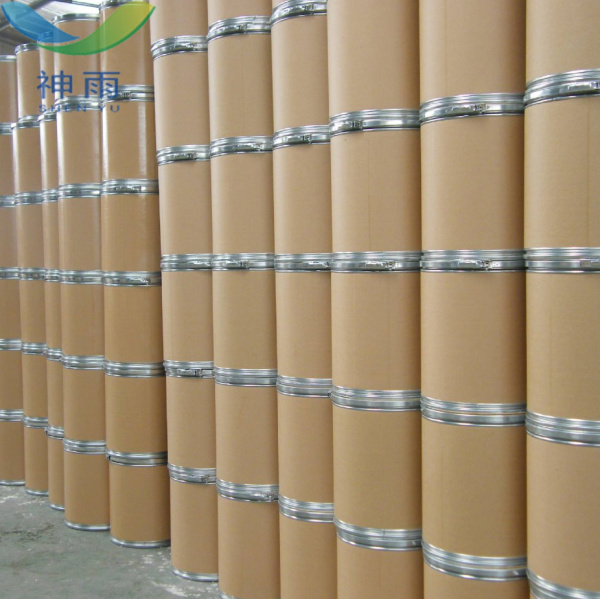
.png) Contact Now
Contact Now
